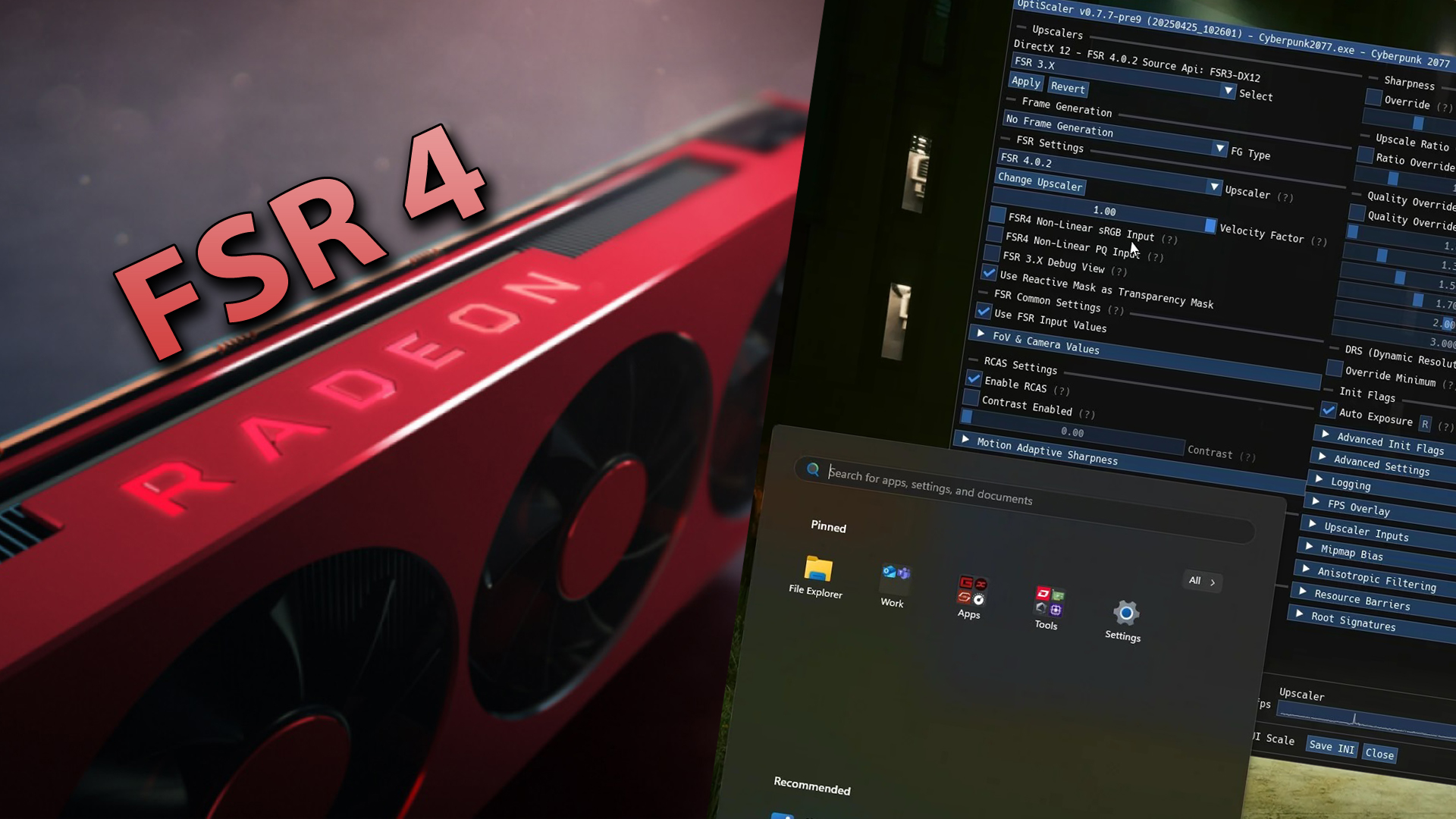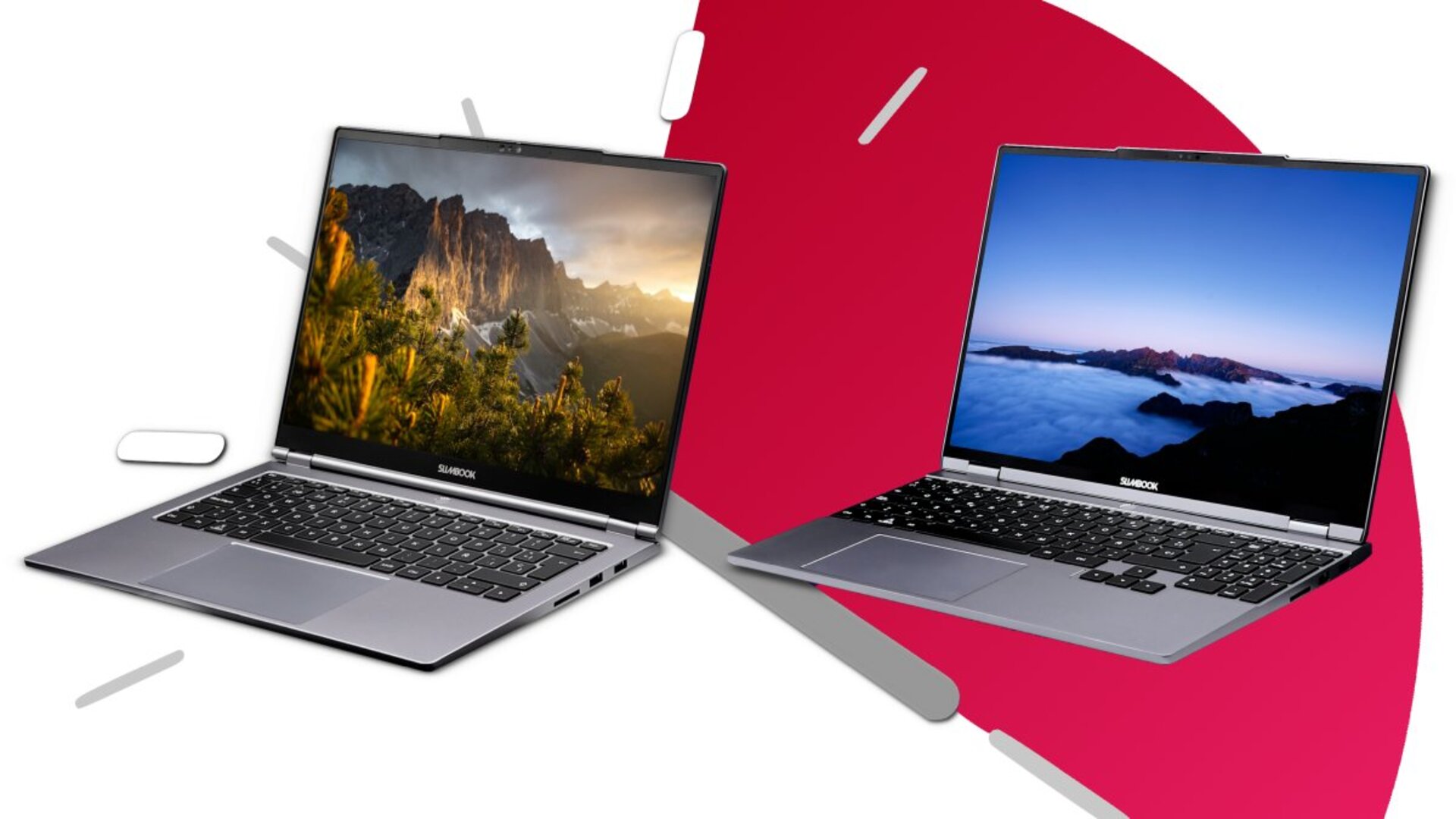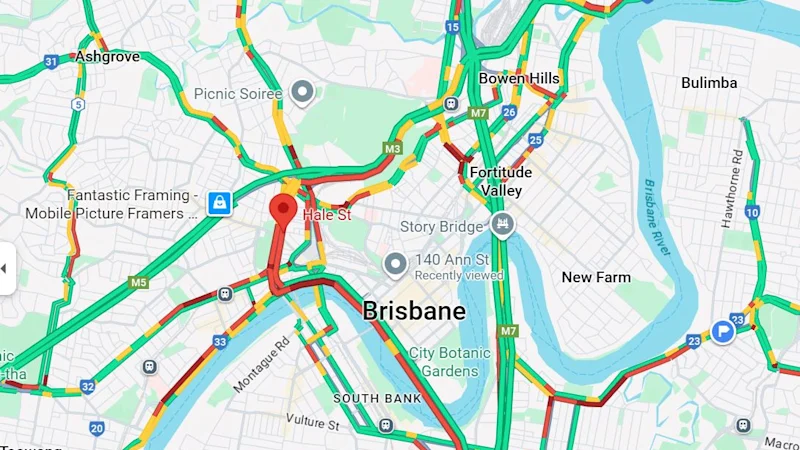Leaked AMD FSR 4 INT8 Files Help Users Turn On FSR 4 On Radeon RX 7000 On Windows; Works on RDNA 2 & RTX 30 Series GPUs Too

Users don’t necessarily need the Radeon RX 9000 GPUs to use AMD FSR 4, as the DLL accidentally supplied by AMD is doing the job decently.
AMD’s Mistakenly Released FSR 4 Int8 Files Can Help Enable FSR 4 on RDNA 3 and Even RDNA 2 and RTX 30 GPUs on Windows; Users See Massive Upgrade in Visual Quality Over FSR 3.1
Last month, AMD accidentally released the full source code for FSR 4, its latest upscaler that offers significantly improved visual quality over FSR 3.1. Unfortunately, the technology only works with RDNA 4 GPUs, aka Radeon RX 9000. Even though AMD did officially release the latest update for Adrenalin software for running FSR 4 in games that already ship with FSR 3.1 natively, one cannot do it unless they own an RDNA 4 GPU.
For RDNA 3 GPUs, this isn’t the case, as it isn’t officially supported by AMD and we don’t know if AMD has any plans to extend FSR 4 support to previous-gen GPUs. One of the reasons is the slight performance regression seen with RDNA 3 GPUs as they lack FP8 support. However, the GPUs can technically still work with FSR 4 on Linux if forced, but the performance impacts can be noticeable since RDNA 3 GPUs have to emulate FP8 via FP16.
At the moment, doing this on Windows OS was impossible, but the AMD source code that got leaked from the open-source FidelityFX SDK repository also had INT8 model files, which are supported by previous-gen GPUs like RDNA 3 and even RDNA 2 and RTX 30 series. A Reddit user u/AthleteDependent926 used the INT8 files to compile the FSR 4 DLL and uploaded it for public usage. That said, users have now been reporting that they can use the FSR 4 DLL for replacing FSR 3.1 in games through Optiscaler on Windows.
The FSR 4 DLL is apparently working on both RDNA 3 and RDNA 2 GPUs, which is interesting, and this is reportedly bringing some big upgrades in the visuals. However, the performance impact can be noticeable since the time for frame processing can be three times higher. Nonetheless, most users are seeing 6-7 FPS lower, but significantly better visual quality.
A user just showcased how he is able to eliminate the shimmering around the grass in Cyberpunk 2077 and upgrade the visuals through this method. He only saw 6-7 FPS lower than on FSR 3.1 at 1440p max settings with Ray Tracing with RX 7900 XTX.
That said, the Balanced mode will compensate for the loss of performance, and that will still be better in terms of visual quality compared to FSR 3.1. Keep in mind that you need to use Optiscaler to enable FSR 4 on these GPUs, and this only works in single-player games.



